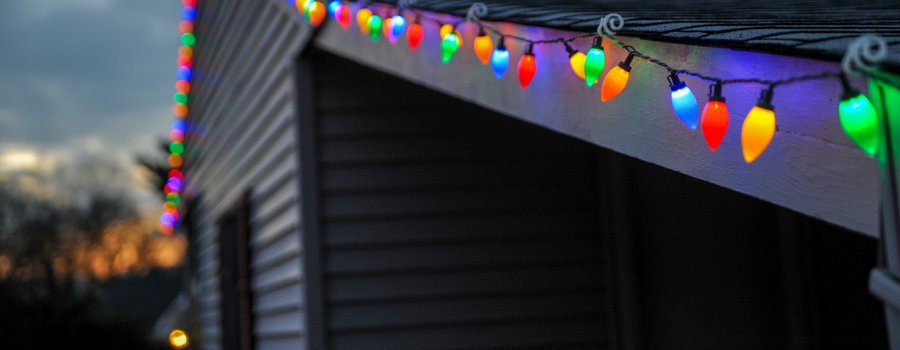Overcoming Seasonal Affective Disorder: 4 Tips to Brighten Your Winter
The winter months can be a trying time for many of us. Dark, cloudy days and long nights can exacerbate these feelings, so much so that we have a name for it: Seasonal Affective Disorder, or SAD. Let’s take a look at SAD to uncover the signs and symptoms of the condition, as well as some great self-help techniques.
1. Learn the Symptoms of Seasonal Affective Disorder
SAD can make us feel tired, lonely, and mentally foggy. Seasonal affective disorder can make sleep feel unproductive, and we may feel tired even with extra sleep. Other symptoms can include weight gain, boredom, and a feeling of being unable to focus. Women are at higher risk than men, as are people who live farther from the equator. Living in a northern state, we’re especially aware of SAD; almost 10 percent of individuals in the northern U.S. experience SAD, as opposed to only 1-2 percent in the south.
But even though geography is correlated to SAD in the United States, anyone can experience these symptoms in any location. In fact, SAD isn’t even exclusively a winter experience. Seasonal depression can occur during any season, and some people experience SAD during the summertime.
2. Get a Boost from the “Sunshine Vitamin”
During the winter, we tend to get less vitamin D, otherwise known as the “sunshine vitamin.” We absorb this vitamin from certain foods, but many of us get our daily dose from the sun. Shorter, darker days can quickly cause a deficiency in Vitamin D, which contributes to many of the symptoms of SAD. A blood test can determine a Vitamin D deficiency, and we can get supplemental “sunshine” from Vitamin D pills. Light therapy is another option, in which UV light provides the same effect.
3. Make Time for “Me Time”
During any time of depression, it’s important to take time for self-care. Keeping up with good activities like eating healthy meals (especially breakfast), getting enough sleep, and participating in enjoyable hobbies are even more important during the gloomy winter months.
4. Stay Active (Even When it’s Cold!)
Along with light therapy, physical exercise is among the best ways to kick the winter blues. Exercise releases endorphins, which are a serious mood booster. Getting enough activity also helps us to counteract weight gain, which is a common symptom of SAD, and helps us regulate our metabolism. It can be hard to get enough activity when it’s cold, but even quick workouts in the house to get the blood moving are great ways to keep the endorphins pumping during the winter.
At Real Life Counseling, we specialize in empowering you. With 15 highly-trained counselors and a variety of specialties, we understand that there’s no one-size-fits-all counseling approach. If you need a little help this winter dealing with the symptoms of Seasonal Affective Disorder, contact us today and discover how we can help you turn the darker months into lighter moments.
